Home > Lost foam casting
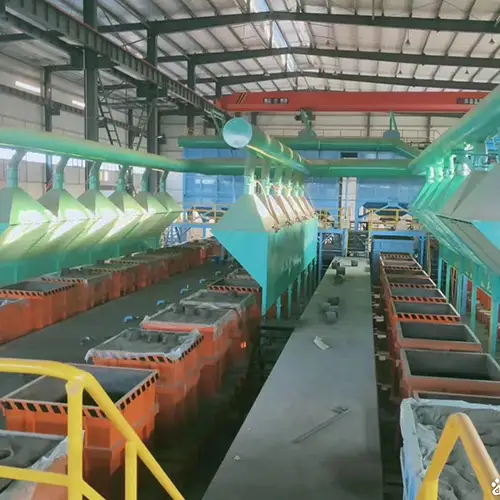
What Lost foam casting?
Lost foam casting (full mold casting or vaporized foam casting) is an advanced precision casting process. Foundries use foam plastic (usually polystyrene (EPS)) to create a mold that same to the part’s shape. Factory use dry sand placed directly into a sandbox to create the mold. During iron or steel pouring, hot molten metal displaces the foam mold and vaporizes the foam pattern, resulting a casting parts that has the same shape of the foam mold.
Manufacturing Process
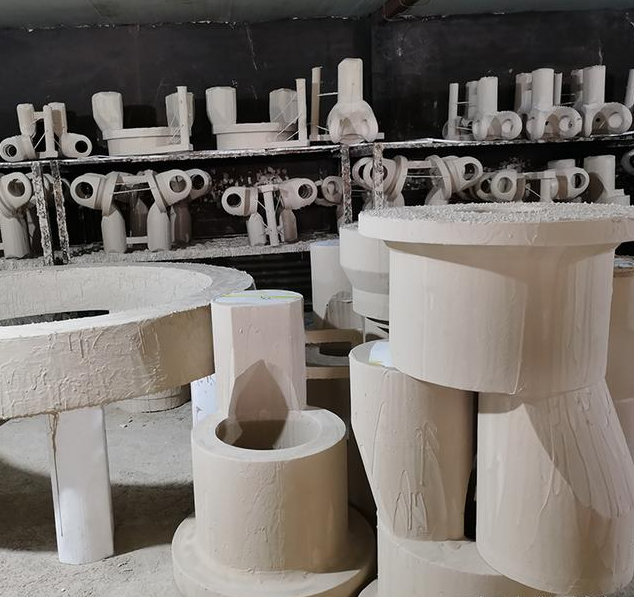
Mold Making and Assembly
Mold Making and Assembly
Mold Foam Molding: Place pre-expanded polystyrene beads into an aluminum mold and heated it to expand and fuse, creating the foam model blocks of each component.
Model Assembly: For complex parts, bonded multiple foam model blocks together with hot melt adhesive to form a complete model.
Coating: Use a special fire-resistant coating to the surface of the assembled foam model. Enhances the model’s strength and rigidity, preventing deformation during molding. Separates the molten metal from the dry sand to prevent sand from sticking to the casting. Gases from vaporization of foam model are discharged through the coating.
Molding and pouring
Place the coated and dried foam pattern cluster (pattern + gating system) in a flask. Fill the flask with binder-free dry quartz sand and lightly vibrated to ensure dry sand fully incorporated into all parts .Molten metal (such as molten iron, steel, or aluminum) is poured directly into the foam pattern’s sprue in the flask.
The hot metal rapidly vaporizes (decomposes and cracks) the foam pattern, occupying the original space in the pattern.The large amount of gas exhausted through the gap between the coating and the dry sand by a vacuum system.
After pouring, the casting cool and solidify in the flask.The flask inverted to separate the loose dry sand from the casting.After cooling and dust removal, the dry sand is almost 100% recyclable.Finally, the casting undergoes post-processing, such as cutting the sprue and riser and sandblasting.
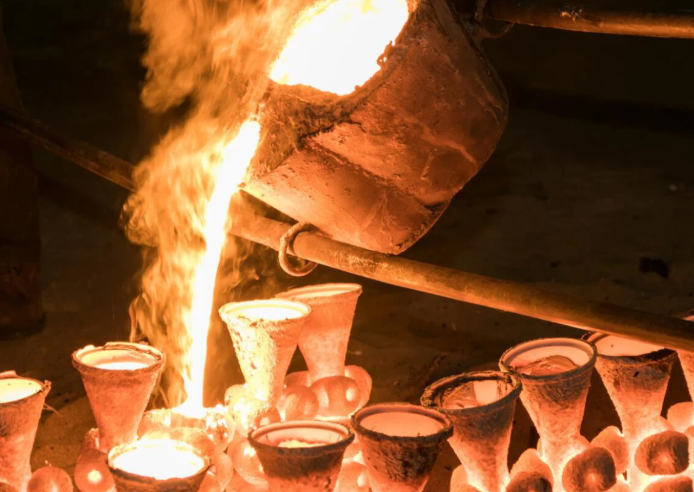
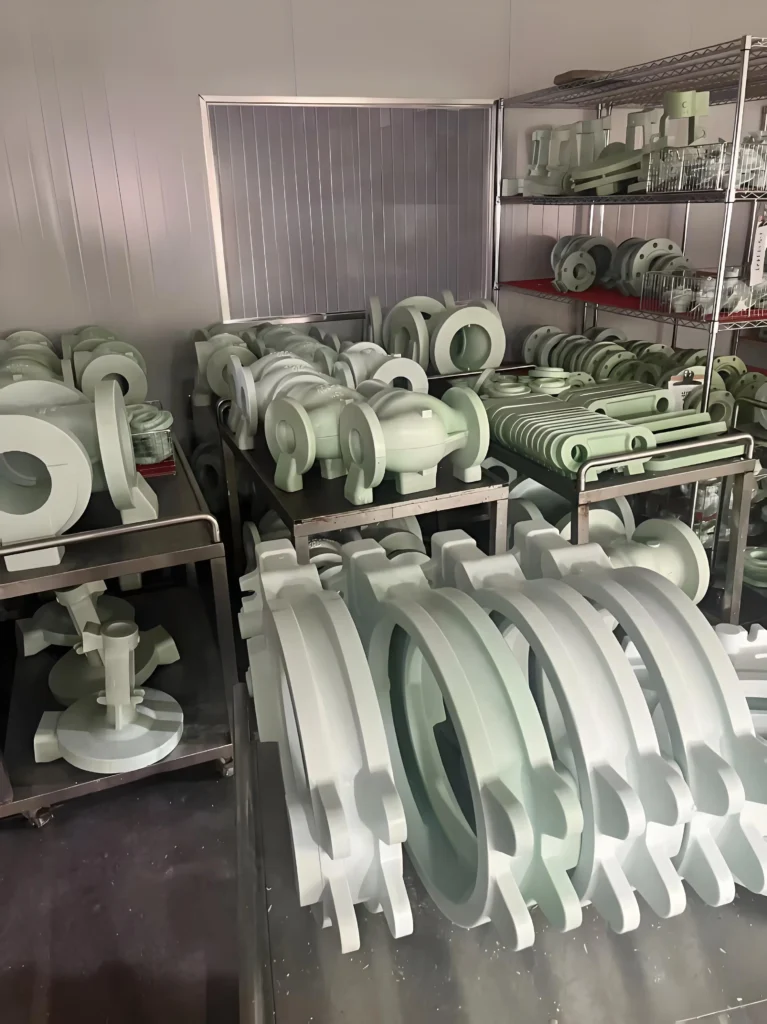
Key Advantages
No mold removal or core, no parting surfaces or burrs. Castings achieve high dimensional accuracy surface finish far superior to sand casting.
It can produce highly complex structures that difficult to achieve with traditional casting (such as those with built-in cavities and complex waterways).
Eliminates the tedious steps of core making, core setting, and box assembly, resulting in high production efficiency.
No sand blending or mixing, resulting in a high sand recovery rate (over 98%) and extremely low sand loss.
Binder-free dry sand reduces dust and chemical pollution.
It reduces labor intensity and significantly improves the working environment.
Applications
Automotive: Complex parts such as engine blocks, cylinder heads, transmission housings, and intake and exhaust manifolds.
Pump and Valve Fittings: Various complex impellers, pump casings, and valves.
Machine Tool Bases: Large structural frames.
Art: Intricate sculptures and decorative pieces.
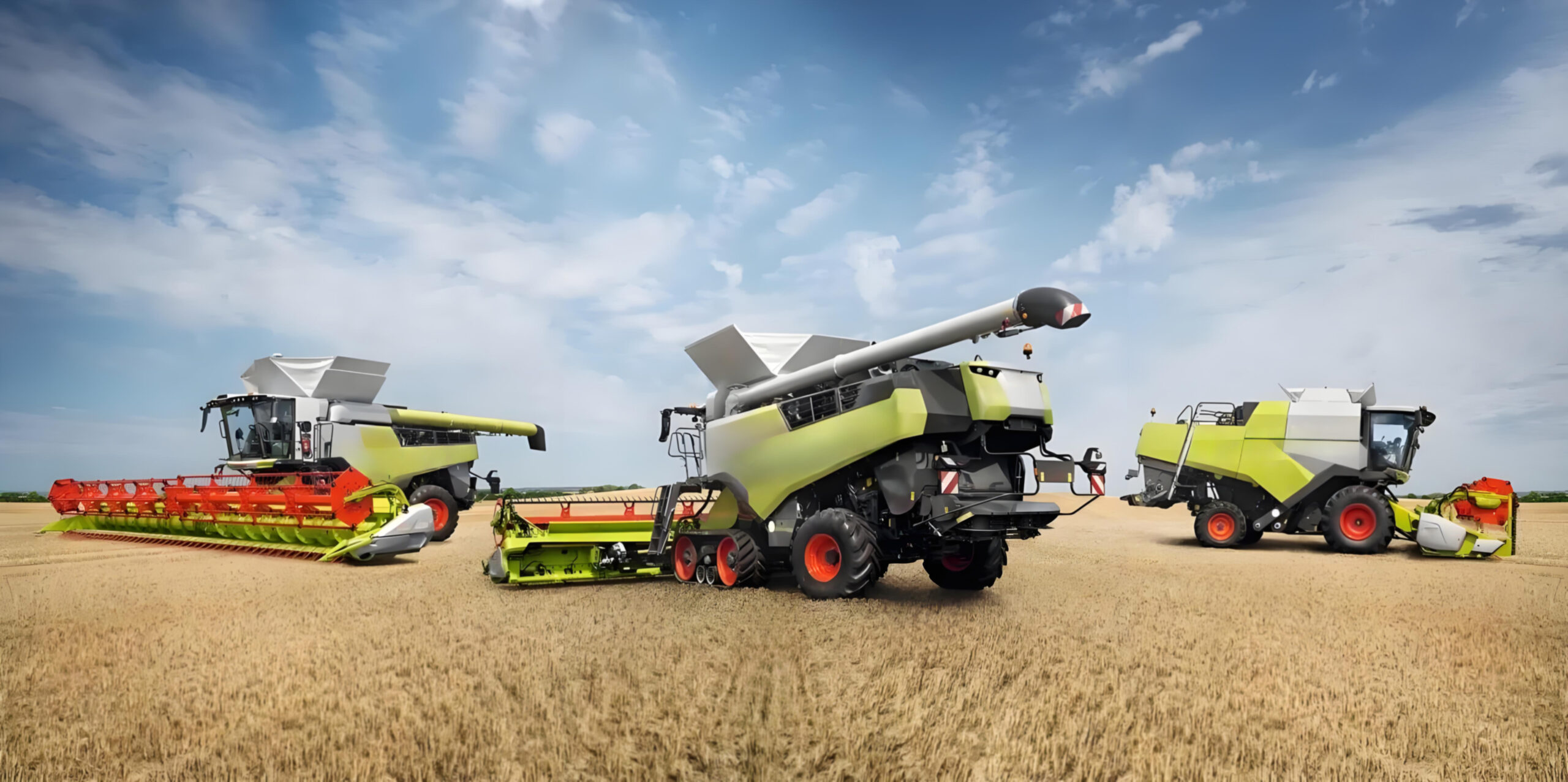
Why Choose Shengrong Lost Foam Casting Foundry?
We have:Advanced equipment and stable materials/High-density, automated pre-foaming and molding machines/Proven die-to-die bonding and assemblytechnology/High-quality coating lines and strict control/Advanced vibration tables and sand filling systems/High-precision melting and pouring equipment/A comprehensive sand preparation system/Traceability system: From incoming raw material (beads, coatings, alloys) inspection to every production batch (blank mold batch, pouring batch), clear traceability records are maintained.
Critical Process Points (CPKs): For key parameters such as pre-foam density, coating thickness, sand temperature, and pouring temperature/speed, we not only set standards but also monitor process stability and capability through statistical process control (SPC).
Comprehensive testing capabilities: The in-house laboratory is equipped with a spectrometer, coordinate measuring machine (CMM), X-ray real-time imaging flaw detector, ultrasonic flaw detection, metallographic analysis, and other equipment, enabling comprehensive monitoring of product chemical composition, dimensional accuracy, internal defects, and microstructure. Strong mold design and manufacturing capabilities.
We have an experienced mold design team, skilled in using CAE simulation software (such as MAGMA and ProCAST) to simulate and optimize gating systems, risers, and venting systems. This allows us to predict and resolve potential shrinkage and cold shut issues before new molds are put into production, shortening mold trial cycles and increasing success rates.
We use high-quality mold steel and precision CNC machining centers to manufacture molds, ensuring high precision and a long lifespan.A professional and experienced team.A superior production environment and lean management practices.

